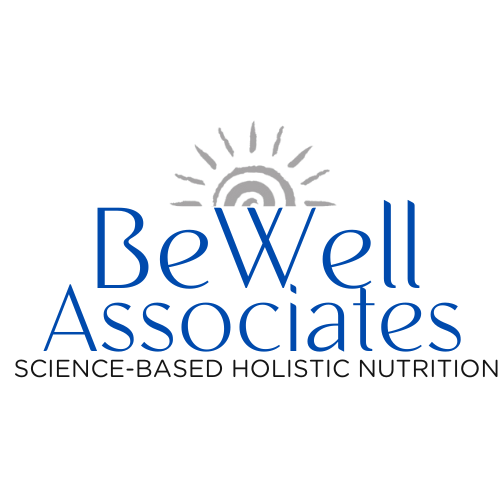The standard American diet has contributed greatly to many common health concerns today, from adrenal fatigue and Irritable Bowel Disease to diabetes and cancers of all types. Research increasingly points to the negative health effects of toxins in our food supply. Choosing our food carefully with the intention that it be “clean” as well as nutritious is becoming more and more important. And it’s not just our food that can be toxic.
Did you know that over 500 chemicals are found in beauty and body care products? Some of the most problematic are Xenoestrogens, synthetic estrogens that mimic natural estrogen and are a thousand times more potent than human estrogen. The right amount of estrogen makes women feel great but too much, coming from external sources, becomes a problem. Because these synthetic estrogens are absorbed easily through the skin, they wreak havoc on our endocrine system and can cause a condition called estrogen dominance.
Estrogen dominance is a strong risk factor for developing hormonal cancers in women and men alike. ( yes, men also have estrogen, at lower levels than women.)
The major sources of these chemicals are cosmetics, body care products, detergents, pesticides, petroleum products, and plastics. Consuming hot food or beverages from styrofoam, for example, is a potent source of xenoestrogens. Makes you think twice about the coffee you drink out of plastic cup each morning, doesn’t it?
Another unexpected source of xenoestrogens is the shiny coating on receipts. Have your receipts emailed to you or placed directly in the bag. Minimize your exposure to them.
Symptoms of estrogen dominance include:
- Weight gain
- PMS
- Breast tenderness
- Irregular menstrual cycles
- Anxiety
- Fluid retention
- Uterine Fibroids
- Insomnia
- Ovarian/breast cysts
- Hormonal cancers
- “man boobs”
Stress also plays a role in creating estrogen dominance. Chronically high levels of cortisol created by the stress response depletes progesterone, the hormone that balances estrogen. This situation creates a relative estrogen dominance as there is too little progesterone to maintain the estrogen/progesterone balance.
All of these hormones are metabolized and excreted through the liver. An increased toxic burden such as xenoestrogen exposure adds to the liver’s work load and is one of the ways toxins can increase risk of cancers.
There is a simple urine test we use to measure how well the liver is excreting estrogen. This test assesses 16 different metabolites of estrogen, catching imbalances before they become cancerous. Knowledge is power! If your body is making the wrong type of estrogen you can make changes in diet and supplements to correct the detoxification process!
The two most common metabolites are:
- The 2-hydroxy pathway results in ‘good’ estrogen metabolism. This include building strong bones, preventing heart disease, and softer skin.
- The 16-hydroxy pathway results in undesirable outcomes such as weight gain and an increased risk of breast and/or ovarian cancers.
When looking for xenoestrogens in your products, here are the three most common:
Parabens: Parabens are used as preservatives in both the cosmetic and pharmaceutical industries and as a food additive. Parabens are hormone disrupters and have been shown to be a reproductive toxin in animal studies. Parabens have been detected in breast cancer studies and may cause contact dermatitis.
Phthalates: Phthalates are used as a fragrance ingredient, plasticizer, solvent, or masking agent. Long-term exposure can cause liver and kidney damage. High level exposure causes irritation to the eyes, nose and throat, nausea, vomiting, and headache.
Sodium Laurel Sulfate: Sodium lauryl sulfate (SLS) is a detergent and emulsifier used in cosmetic products, personal care products and industrial cleaners. It is the stuff that makes soaps and shampoos sudsy. But unfortunately, SLS is an endocrine disruptor and has been linked to neurotoxicity.
As a holistic nutritionist, I can assess all aspects of your lifestyle; what you are eating, your stress levels, and overall toxic load. Then create a plan to keep you and your hormones healthy and happy!
Be Well,





Add Comment